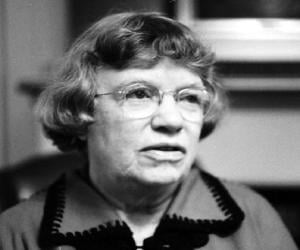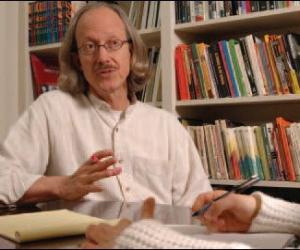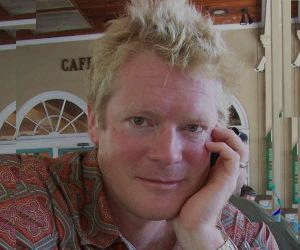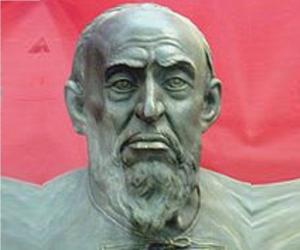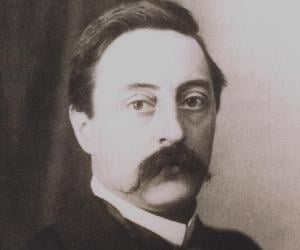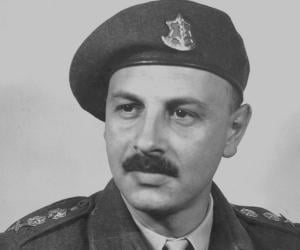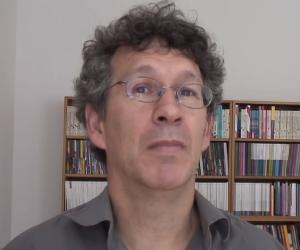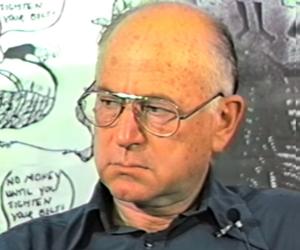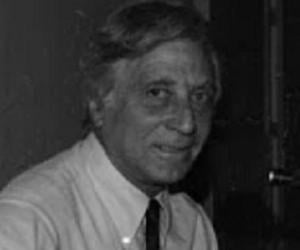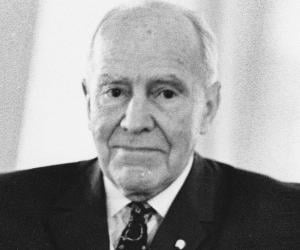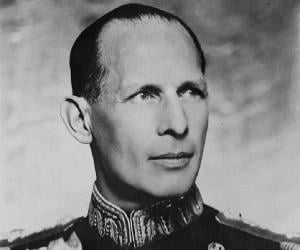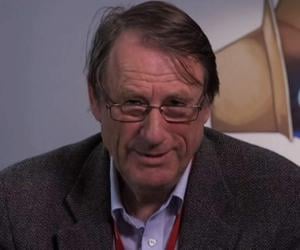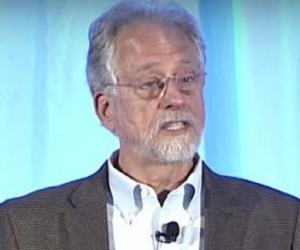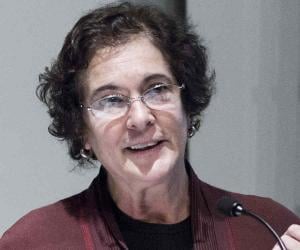Quick Facts
Died At Age: 76
Family:
Spouse/Ex-: Gregory Bateson (m.1936–1950), Luther Cressman (m.1923–1928), Reo Fortune (m.1928–1935)
father: Edward Sherwood Mead
mother: Emily (Fogg) Mead
siblings: Elizabeth Mead (1909–1983), Katharine (1906–1907), Priscilla Mead (1911–1959)
children: Mary Catherine Bateson
Anthropologists American Women
Died on: November 15, 1978
place of death: New York City
U.S. State: Pennsylvania
More Facts
education: Columbia University, Barnard College, DePauw University
Childhood & Early Life
She was born on December 16, 1901 in Philadelphia, Pennsylvania to Edward Sherwood Mead, a professor and Emily Fogg Mead, a sociologist. She was the eldest of the five Mead children—four sisters and a brother.
Her grandmother, a child psychologist, played a significant role in her upbringing. She encouraged her to observe children’s behavior and study the cause of their actions from an early age.
Most of her schooling was done at home because of the family’s frequent movements from one place to another. She had a total of six years of formal schooling but most of her knowledge came from her family members.
In 1919, she joined the DePauw University, studied there for a year and then transferred to Barnard College from where she graduated in 1923.
In 1924, she earned her master’s degree from Columbia University after studying with Franz Boas and Dr. Ruth Benedict. In 1925, she went for an expedition to Samoa. She received her Ph. D. from Columbia University in 1929.
Career
In 1925, she went off to Samoa on a fieldwork to study the life of adolescent girls. She found that young Samoan girls experienced none of the tensions that the American and European teenagers suffered from, and studied the reasons behind it. She published ‘Coming of Age in Samoa’ in 1928 after her expedition.
In 1928, she went off on another expedition in New Guinea for her project on the study of the thought of young children. After her expedition to New Guinea, she published ‘Growing Up in New Guinea’ (1930) describing the social and cultural elements which influenced their character as an individual.
Her later works included ‘Male and Female’ (1949) and ‘Growth and Culture’ (1951), in which she argued that personality characteristics were shaped by cultural conditioning rather than by hereditary factors.
From 1954 to 1978, she taught at The New School and Columbia University as an adjunct professor. She was a professor of anthropology and chair of the Division of Social Sciences at Fordham University’s Lincoln Center campus from 1968 to 1970.
She served many years of her life in the American Museum of Natural History in New York City. She successively served as assistant curator (1926–42), an associate curator (1942–64), curator of ethnology (1964–69), and curator emeritus (1969–78).
Major Works
As an anthropologist, she was best known for her studies on the illiterate peoples of Oceania. She studied them from various aspects of a human evolution—natural, cultural and sexual behavior—and contributed greatly to psychological research.
She is also significantly remembered for her insight in social issues such as women’s rights, child rearing, sexual morality, population control, environmental pollution and world hunger.
Awards & Achievements
She was elected a Fellow of the American Academy of Arts and Sciences, in 1948.
In 1970, she was awarded the ‘Kalinga Prize for the Popularization of Science’ by the UNESCO.
In 1979, she was posthumously awarded the Presidential Medal of Freedom..
Personal Life & Legacy
In 1923, she married Luther Cressman, an American theology student who became an anthropologist. They got divorced in 1928.
In 1928, she married Reo Fortune, a New Zealander anthropologist who is known for his ‘Fortunate Number’ theory. They got divorced in 1935.
In 1936, her third marriage was with British anthropologist, Gregory Bateson. They had a daughter, Mary Catherine Bateson, who also became an anthropologist. They got divorced in 1950.
Apart from marriages, she also shared a special relationship with Dr. Ruth Benedict. In her memoir, her daughter Mary describes the relationship as partly sexual, though never confirmed by Margaret herself.
She spent her last days with anthropologist, Rhoda Metraux, and letters exchanged between them were published in 2006, which indicated a romantic relationship.
She died of pancreatic cancer on November 15, 1978.
Facts About Margaret Mead
Margaret Mead was a pioneer in the field of cultural anthropology, known for her groundbreaking research on gender roles and cultural practices in various societies.
Despite facing criticism and controversy throughout her career, Mead remained committed to promoting cross-cultural understanding and advocating for social change.
Mead was known for her vibrant personality and sense of humor, which endeared her to colleagues and students alike.
In addition to her scholarly work, Mead was also a popular lecturer and writer who aimed to make anthropology accessible to a wider audience.
Mead’s legacy continues to inspire future generations of anthropologists and social scientists to explore diverse cultures with an open mind and compassionate heart.
See more:


